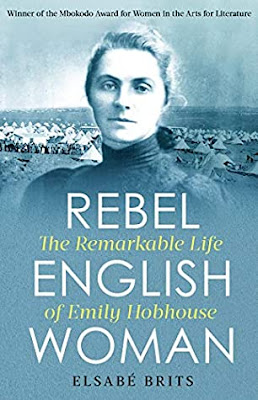This small print card in the collection of Tansley & Co, Vintage Merchants of Maldon, is signed by the artist and it may well be a scarce surviving copy of an original painting that no longer exists.
Entitled “Epiphany in the Snow”, it is an unusual variation on the Nativity tale showing Mary, Joseph, and baby Jesus being visited by the Three Wise Men who have travelled far, but with reindeer, malamutes or huskies rather than on the more familiar camels.
The Star of Bethlehem hovers over the Christ Child and Mary, both of whom are dressed in ermine and wear moccasins on their feet. On their left is a man dressed as a Royal Canadian Mounted policeman, who may represent a protective Joseph. The kneeling visitor is an Inuit offering valuable walrus tusks. A Cree man holds a beaver and the crouching Hudson’s Bay Company man has a white fur in his lap, probably Arctic fox. All of these represent gifts of Canada’s wealth in a bygone age.
But the artist, Violet Teague, was an Australian, so how did she come to paint this unusual Christmas scene? And what happened to the original?
Violet was born in Melbourne in 1872 to an English doctor and his Canadian wife. Well-educated at home and at a prestigious girls’ school, she travelled widely studying art in England and Europe.
She was versatile and made woodcuts, painted portraits and both sea and landscapes, as well as writing poetry and illustrating books. She won medals for her work in places as diverse as San Francisco, Paris and London. Later in her career, she turned to religious subjects, doing altarpieces, two of her better-known Australian ones were for the Kinglake St Peter's Memorial Church and St James the Less at Mt. Eliza. For the Kinglake Church, she replaced the Nativity shepherds with Australian Lighthorsemen.
She was commissioned in 1938 to do the altarpiece for the new All Saints “Arctic” Cathedral in the remote settlement of Aklavik in the North West Territories of Canada. “Epiphany in the Snow/s” was put on show in Melbourne before being sent to be exhibited in London and then shipped to Canada where it was ceremoniously set in place by the Canadian Governor-General in 1939. (Image shows how it was placed.)
Sadly, on Palm Sunday 1974 [some sources say 1972], the Arctic Cathedral burned down. Despite much searching, I have been unable to confirm beyond all doubt that the altarpiece was lost at the time, but it is highly likely. The Cathedral was not rebuilt and most of the residents of Aklavik eventually relocated to the larger settlement of Inuvik. (Image below prior to the 1970s fire)

Fortunately, Violet’s other altarpiece called “Adoration of the Shepherds” in the Kinglake Church did not suffer the same fate in the 2009 devastating bush fires, as the congregation had wisely relocated it a few years earlier to St Paul’s Cathedral in Melbourne and replaced it with a copy, which was destroyed along with that church. (Image shows the interior prior to the 2009 bush fire.)
Violet died in 1951, but her altarpiece at Mt Eliza is still intact (image below) and her other work occasionally appears in art sales or auctions or can be seen in institutions around Australia.
This is the concluding extract from the Australian Dictionary of Biography and sums up Violet’s appearance and lively character:
Some links to her art work
NG New South Wales
NG Victoria
Short film by NGA Director Betty Churcher on Violet and her friend Jessie Traill
City of Melbourne
Other Information
Violet died in 1951, but her altarpiece at Mt Eliza is still intact (image below) and her other work occasionally appears in art sales or auctions or can be seen in institutions around Australia.
This is the concluding extract from the Australian Dictionary of Biography and sums up Violet’s appearance and lively character:
Less than five feet (152 cm) tall, with grey-blue eyes and masses of light brown hair, Teague was …. 'a small frail person … quiet of manner, yet with a surprising vitality and a more surprising sense of whimsy … she comes out direct in a mannered way and her eyes twinkle humorously'. She 'can talk on any subject from racehorses to the decline of Western Culture exactly and wittily'.Violet’s more detailed biography can be read here.
Some links to her art work
NG New South Wales
NG Victoria
Short film by NGA Director Betty Churcher on Violet and her friend Jessie Traill
City of Melbourne
Other Information
























